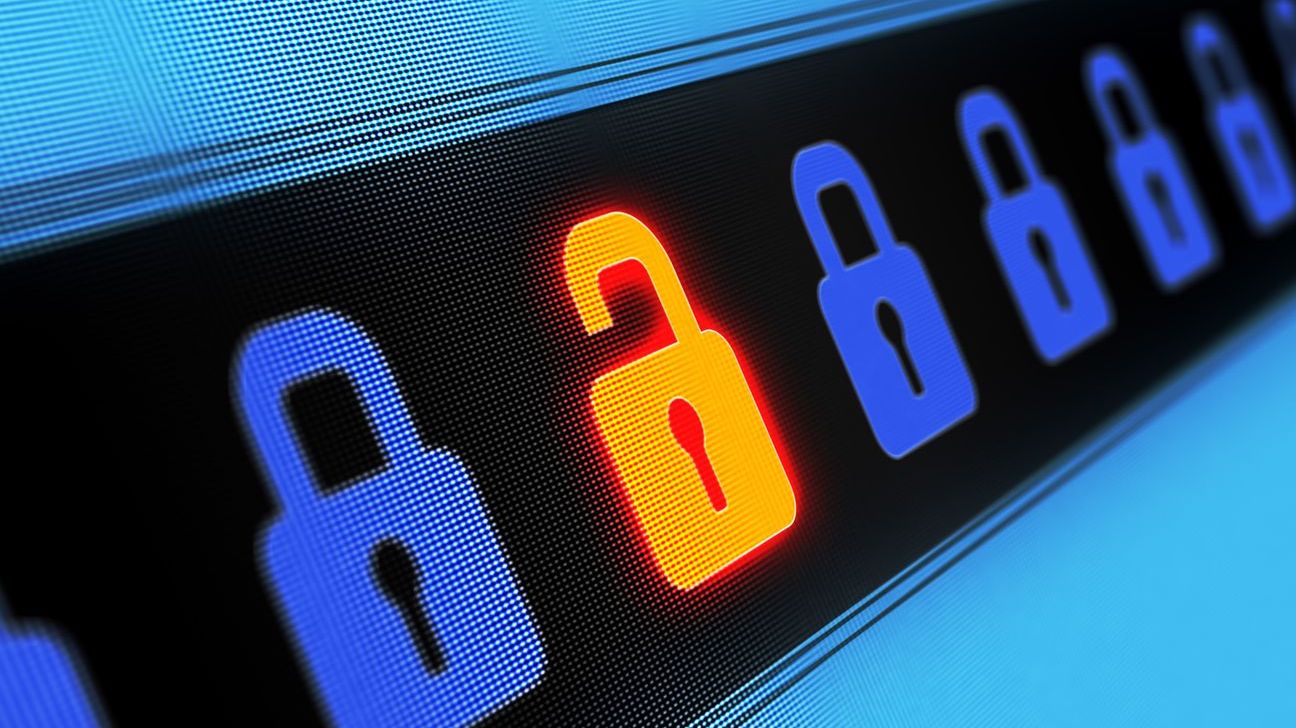One of the most sought-after strategies for cybersecurity risk mitigation is Zero Trust.
The concept of Zero Trust has gained prominence for its robust approach to securing digital environments. However, its implementation is nebulous.
Fortunately, leveraging unified access control can help define and expedite the transition to a Zero Trust framework. A cohesive strategy for access control can streamline and fortify an organization’s cybersecurity posture. This ensures that only authenticated, authorized entities can access resources across an enterprise network.
Understanding Unified Access Control
The idea of unified access control joins the control mechanisms for a vast array of critical IT assets all under the umbrella of a single, overarching policy framework.
Ideally, this policy framework is centrally configurable and universally enforceable through a single security platform for:
- Networks: Covering all network access layers (wired, wireless and VPN).
- Applications: Encompassing all SaaS and on-premises applications.
- Infrastructure: Extending to all wired switches and wireless access points.
In modern IT ’s fragmented landscapes — where these assets are dispersed across cloud and on-prem infrastructures — a unified strategy is critical. It simplifies the herculean task of managing access requests by establishing a central command post, thereby enhancing visibility across all nodes of the network.

Denny LeCompte
This consolidation streamlines policy enforcement and tackles one of today’s paramount concerns: Cybersecurity risks.
By reducing the dependency on overlapping but not collaborating security tools, unified access control is a tool for securing digital realms and a strategic asset in optimizing cybersecurity budgets. It bridges the divide between the need for comprehensive security measures and the pragmatic realities of resource allocation.
In this way, organizations do not just survive in the face of cyber threats but also thrive by wielding efficiency and foresight in their defense strategies.
Accelerating Zero Trust Adoption
Embracing unified access control marks a significant leap toward demystifying and deploying a Zero Trust framework.
This method streamlines the maze-like process inherent in marrying disparate access control systems. It also propels the entire organization toward a more seamless adoption of Zero Trust.
Enabling broader Zero Trust requires bringing together mature technology and security tools just entering the industry lexicon:
- Network access control: NAC ensures only authorized and compliant devices can access enterprise networks. It enhances security by enforcing policies, preventing unauthorized access, and mitigating risks from noncompliant devices. It improves network visibility, access management, and protection against endpoint-based threats targeting the corporate network.
- Conditional access: This is a novel approach to controlling access to SaaS and on-premises applications based on the role of the user, the risk posture of their device, and more. Ideally, it should also offer enhanced authentication security by relying on encrypted certificates instead of passwords or multi-factor authentication (MFA) — both of which can be easily socially engineered and phished.
- Infrastructure administration: Such control is delivered through TACACS+, which provides centralized authentication, authorization, and accounting (AAA) for network devices. It ensures secure, role-based access control, detailed auditing of user activities, and flexible policy enforcement.
By harmonizing access control practices for all assets across a single solution, organizations set the stage for a more agile and responsive security posture. This is pertinent in an era where the perimeter is no longer defined by physical walls but by the dynamic interactions of digital entities.
Unified access control enhances the adaptability of Zero Trust policies, allowing for rapid adjustments in response to emerging threats and trends.
The integration of automation within this unified framework further underscores its value, enabling swift, precise, and context-aware access decisions. This reduces the manual burden on security teams while elevating the organization’s capability to thwart sophisticated cyber threats in real-time.
Navigating the Path Forward
As complex cyber threats proliferate, Zero Trust architecture is advantageous and essential. The cornerstone of this journey is the strategic and thoughtful implementation of unified access control.
Organizations must adopt a methodical approach, focusing on the integration of access controls delivered by NAC, conditional access, and TACACS+. This entails a deep dive into current access mechanisms to pinpoint opportunities.
A key aspect of this progression is the recognition of unified access control as a dynamic entity that requires ongoing evaluation and refinement. This adaptability is bolstered by embracing automation and harnessing advanced analytics.
Central to this effort is cultivating a culture where cybersecurity awareness permeates every level of the organization. It’s about ensuring that everyone — from the supply chain analyst to the CFO — understands the critical role they play in the collective security effort.
Denny LeCompte is CEO of Portnox.
Image: iStock














